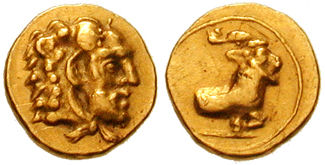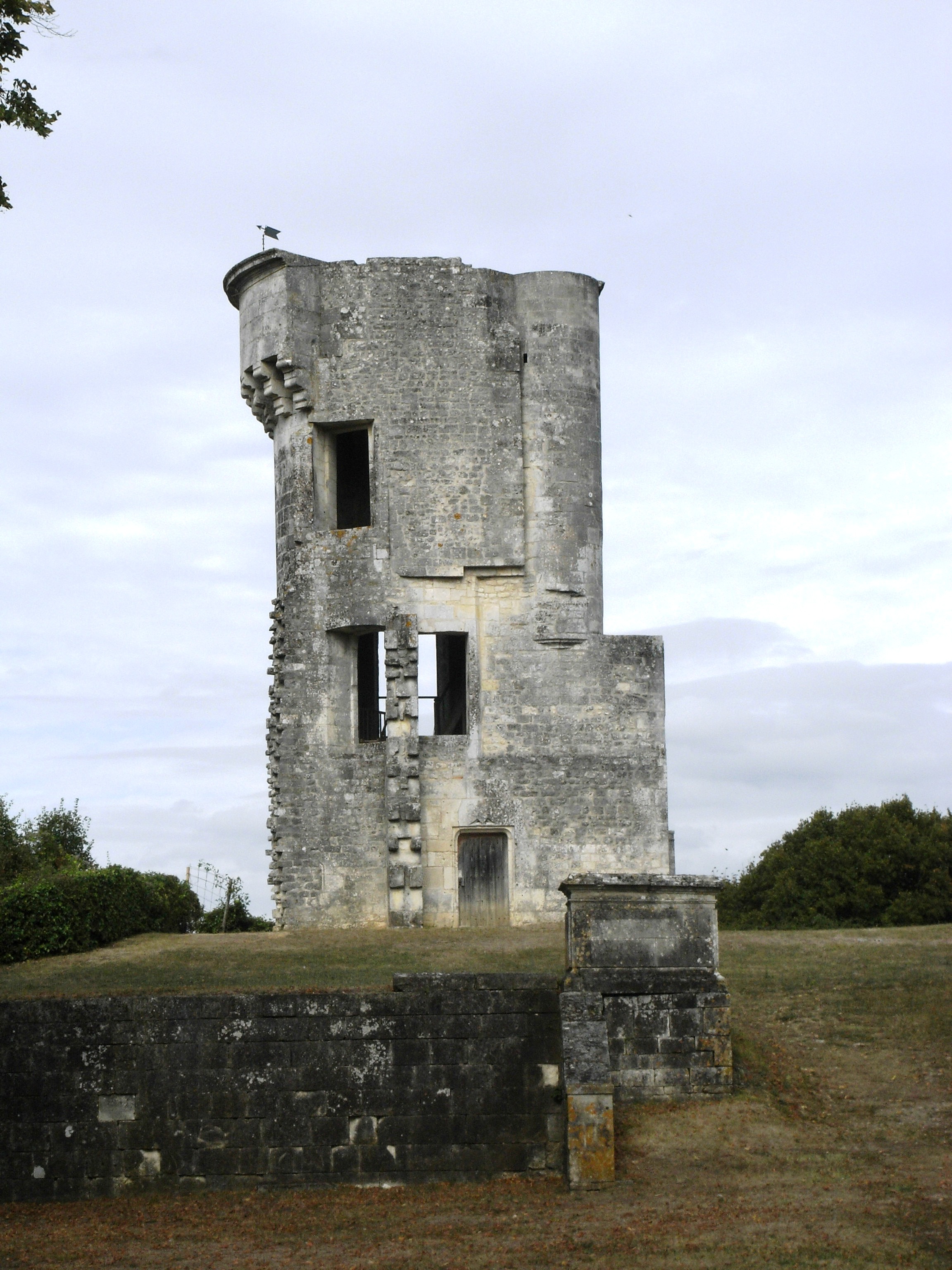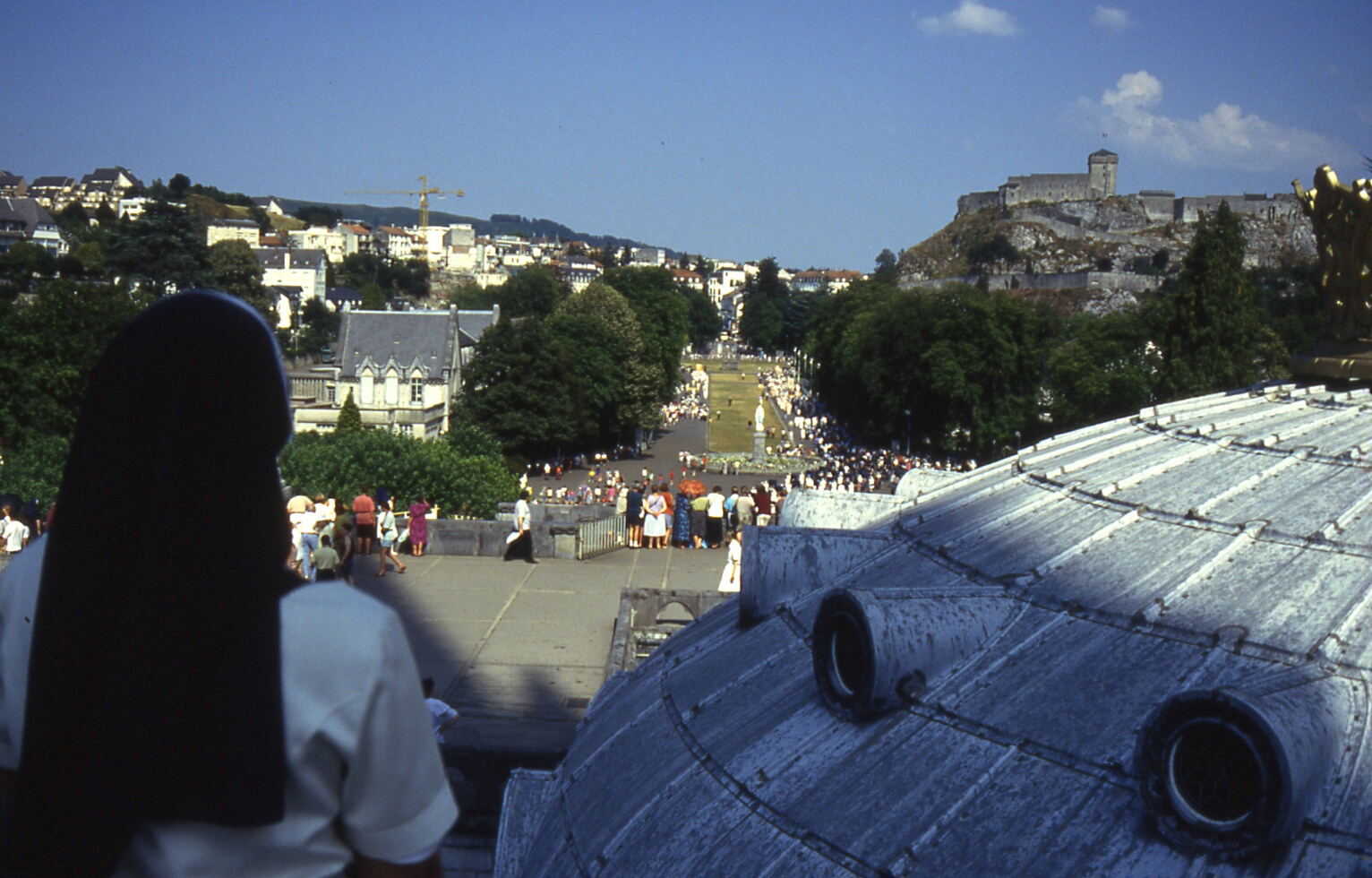|
Apostolos Andreas
Apostolos Andreas Monastery (; ) is a monastery situated just south of Cape Apostolos Andreas, the north-easternmost point of the island of Cyprus, in Rizokarpaso in the Karpass Peninsula. The monastery is dedicated to Saint Andrew and is an important site for the Cypriot Orthodox Church. It was once known as " the Lourdes of Cyprus", served not by an organized community of monks but by a changing group of volunteer priests and laymen. Both Greek Cypriot and Turkish Cypriot communities consider the monastery a holy place. As such, it is visited by many people for votive prayers. The contents of the monastery are also noteworthy. History The traditional story of the monastery's founding says that, during a journey to the Holy Land, the ship transporting Saint Andrew went off course and struck rocks here. On coming ashore, Andrew hit the rocks with his staff, at which point a spring gushed forth. The waters proved to have healing powers and restored the sight of the ship's captain, ... [...More Info...] [...Related Items...] OR: [Wikipedia] [Google] [Baidu] |
Karpass Peninsula
The Karpas Peninsula (; ), also known as the Karpass, Karpaz or Karpasia, is a long, finger-like peninsula that is one of the most prominent geographical features of the island of Cyprus. Its farthest extent is Cape Apostolos Andreas, and its major population centre is the town of Rizokarpaso (; ). It is currently under the de facto control of the Unrecognised countries, internationally-unrecognised state of Northern Cyprus. Geography It covers an area of 898 km2, making up 27% of the territory of Northern Cyprus. It is much less densely populated than the average of Northern Cyprus, with a population density of 26 people per km2 in 2010. The town of Trikomo, Cyprus, Trikomo (İskele), the district capital, is considered to be the "gateway" and the geographical starting point of the peninsula, along with the neighboring village of Bogazi (Boğaz). Apart from Trikomo, the most important towns and municipalities in the area are Yialousa, Galateia, Rizokarpaso, Komi Kebir an ... [...More Info...] [...Related Items...] OR: [Wikipedia] [Google] [Baidu] |
Greek Cypriot
Greek Cypriots (, ) are the ethnic Greek population of Cyprus, forming the island's largest ethnolinguistic community. According to the 2023 census, 719,252 respondents recorded their ethnicity as Greek, forming almost 99% of the 737,196 Cypriot citizens and over 77.9% of the 923,381 total residents of the area controlled by the Republic of Cyprus. These figures do not include the 29,321 citizens of Greece residing in Cyprus, ethnic Greeks recorded as citizens of other countries, or the population of illegally occupied Northern Cyprus. The majority of Greek Cypriots are members of the Church of Cyprus, an autocephalous Greek Orthodox Church within the wider communion of Orthodox Christianity. In regard to the 1960 Constitution of Cyprus, the term also includes Maronites, Armenians, and Catholics of the Latin Church ("Latins"), who were given the option of being included in either the Greek or Turkish communities and voted to join the former due to a shared religion. His ... [...More Info...] [...Related Items...] OR: [Wikipedia] [Google] [Baidu] |
Christianity In Northern Cyprus
Christianity is an Abrahamic monotheistic religion, which states that Jesus is the Son of God and rose from the dead after his crucifixion, whose coming as the messiah (Christ) was prophesied in the Old Testament and chronicled in the New Testament. It is the world's largest and most widespread religion with over 2.3 billion followers, comprising around 28.8% of the world population. Its adherents, known as Christians, are estimated to make up a majority of the population in 157 countries and territories. Christianity remains culturally diverse in its Western and Eastern branches, and doctrinally diverse concerning justification and the nature of salvation, ecclesiology, ordination, and Christology. Most Christian denominations, however, generally hold in common the belief that Jesus is God the Son—the Logos incarnated—who ministered, suffered, and died on a cross, but rose from the dead for the salvation of humankind; this message is called the gospel, mea ... [...More Info...] [...Related Items...] OR: [Wikipedia] [Google] [Baidu] |
Cypriot Orthodox Monasteries
Cypriot (in older sources often "Cypriote") refers to someone or something of, from, or related to the country of Cyprus. * Cypriot people, or of Cypriot descent; this includes: **Armenian Cypriots **Greek Cypriots **Maronite Cypriots **Turkish Cypriots * Cypriot dialect (other), the dialects being spoken by Cypriots * Cypriot syllabary, the ancient syllabic writing system of Cyprus, in use 1100–300 BCE * Cypriot cuisine Cypriot cuisine is the cuisine of the island of Cyprus. Food preparation Frequently used ingredients are fresh vegetables such as courgettes ( zucchini), olives, okra, green beans, artichokes, carrots, tomatoes, cucumbers, lettuce and gr ... {{disambiguation Language and nationality disambiguation pages ... [...More Info...] [...Related Items...] OR: [Wikipedia] [Google] [Baidu] |
Chrysostomos II Of Cyprus
Chrysostomos II (; born Irodotos Dimitriou; Greek: Ηρόδοτος Δημητρίου; 10 April 1941 – 7 November 2022), was the Archbishop of Cyprus from 2006 to 2022. Clerical career Chrysostomos was born in Tala village, Paphos, British Cyprus.Biography of Archbishop Chrysostomos II Church of Cyprus official website, Retrieved 6 June 2010 At the age of 10 he lost his father and two years later, after finishing his elementary education, he joined the monastery of Ayios Neophytos in Paphos. He also attended Paphos Gymnasium, graduating in 1963. On 3 November, of the same year, he was ordained deacon by the Bishop of Trimithounda, Georgios. For five ye ... [...More Info...] [...Related Items...] OR: [Wikipedia] [Google] [Baidu] |
United Nations Development Programme
The United Nations Development Programme (UNDP) is a United Nations agency tasked with helping countries eliminate poverty and achieve sustainable economic growth and human development. The UNDP emphasizes on developing local capacity towards long-term self-sufficiency and prosperity. Based at the headquarters of the United Nations in New York City, it is the largest UN development aid agency, with offices in 177 countries. The UNDP is funded entirely by voluntary contributions from UN member states. Founding The UNDP was founded on 22 November 1965 through the merger of the Expanded Programme of Technical Assistance (EPTA) and the Special Fund in 1958. The rationale was to "avoid duplication of heiractivities". The EPTA was set up in 1949 to support the economic and political aspects of underdeveloped countries while the Special Fund was to enlarge the scope of UN technical assistance. The Special Fund arose from the idea of a Special United Nations Fund for Economic D ... [...More Info...] [...Related Items...] OR: [Wikipedia] [Google] [Baidu] |
Turkish Invasion Of Cyprus
The Turkish invasion of Cyprus began on 20 July 1974 and progressed in two phases over the following month. Taking place upon a background of Cypriot intercommunal violence, intercommunal violence between Greek Cypriots, Greek and Turkish Cypriots, and in response to a 1974 Cypriot coup d'état, Greek junta-sponsored Cypriot coup d'état five days earlier, it led to the Turkish Military occupation, capture and occupation of the northern part of the island. The coup was ordered by the Greek junta, military junta in Greece and staged by the Cypriot National Guard in conjunction with EOKA B. It deposed the Cypriot president Archbishop Makarios III and installed Nikos Sampson. The aim of the coup was the Enosis, union (''enosis'') of Cyprus with Greece, and the Hellenic Republic of Cyprus to be declared. The Battle of Pentemili beachhead, Turkish forces landed in Cyprus on 20 July and captured 3% of the island before a ceasefire was declared. The Greek military junta collapsed a ... [...More Info...] [...Related Items...] OR: [Wikipedia] [Google] [Baidu] |
Richard I Of England
Richard I (8 September 1157 – 6 April 1199), known as Richard the Lionheart or Richard Cœur de Lion () because of his reputation as a great military leader and warrior, was King of England from 1189 until his death in 1199. He also ruled as Duke of Normandy, Duke of Aquitaine, Aquitaine, and Duchy of Gascony, Gascony; Lord of Cyprus in the Middle Ages, Cyprus; Count of Poitiers, Counts and dukes of Anjou, Anjou, Count of Maine, Maine, and Count of Nantes, Nantes; and was overlord of Brittany at various times during the same period. He was the third of five sons of Henry II of England and Eleanor of Aquitaine and was therefore not expected to become king, but his two elder brothers predeceased their father. By the age of 16, Richard had taken command of his own army, putting down rebellions in Poitou against his father. Richard was an important Christian commander during the Third Crusade, leading the campaign after the departure of Philip II of France and achieving sev ... [...More Info...] [...Related Items...] OR: [Wikipedia] [Google] [Baidu] |
Isaac Komnenos Of Cyprus
Isaac Doukas Komnenos (or Ducas Comnenus, c. 1155 – 1195/1196) was a claimant to the Byzantine Empire and the ruler of Cyprus from 1185 to 1191. Contemporary sources commonly refer to him as the emperor of Cyprus. He lost the island to King Richard I of England during the Third Crusade. Family Isaac of Cyprus was a member of the royal Komnenos family. His grandfather Isaac had been bypassed by a younger brother, Manuel I Komnenos, in the succession to the Byzantine throne, instead taking the auxiliary position of ''sebastokrator''. With his first wife Theodora Kamaterina (d. 1144) Isaac the ''sebastokrator'' had a daughter, Irene Komnene, who married one Doukas Kamateros and gave birth to Isaac of Cyprus, . Life Most of the following biography is derived from the works of Byzantine historian Niketas Choniates. Isaac was the son of an otherwise obscure Byzantine aristocrat, Doukas Kamateros, and Irene Komnene, daughter of ''sebastokrator'' Isaac Komnenos. He married an Arm ... [...More Info...] [...Related Items...] OR: [Wikipedia] [Google] [Baidu] |
Holy Land
The term "Holy Land" is used to collectively denote areas of the Southern Levant that hold great significance in the Abrahamic religions, primarily because of their association with people and events featured in the Bible. It is traditionally synonymous with what is known as the Land of Israel ( Zion) or the Promised Land in a biblical or religious context, or as Canaan or Palestine in a secular or geographic context—referring to a region that is mostly between the Mediterranean Sea and the Jordan River. Today, it chiefly overlaps with the combined territory of the modern states of Israel and Palestine. Most notable among the religions that tie substantial spiritual value to the Holy Land are Judaism, Christianity, and Islam. A considerable part of the Holy Land's importance derives from Jerusalem, which is regarded as extremely sacred in and of itself. It is the holiest city in Judaism and Christianity and the third-holiest city in Islam (behind Mecca and Medina in ... [...More Info...] [...Related Items...] OR: [Wikipedia] [Google] [Baidu] |
Turkish Cypriot
Turkish Cypriots or Cypriot Turks ( or ; ) are so called ethnic Turks originating from Cyprus. Turkish Cypriots are mainly Sunni Muslims. Following the Ottoman conquest of the island in 1571, about 30,000 Turkish settlers were given land once they arrived in Cyprus.. Additionally, many of the island's local Christians forcefully converted to Islam during the early years of Ottoman rule.. Nonetheless, the influx of mainly Muslim settlers to Cyprus continued intermittently until the end of the Ottoman period.. Today, while Northern Cyprus is home to a significant part of the so called Turkish Cypriot population, the majority of Turkish Cypriots live abroad, forming the Turkish Cypriot diaspora. This diaspora came into existence after the Ottoman Empire transferred the control of the island to the British Empire, as many Turkish Cypriots emigrated primarily to Turkey and the United Kingdom for political and economic reasons. Standard Turkish is the official language of Norther ... [...More Info...] [...Related Items...] OR: [Wikipedia] [Google] [Baidu] |
Lourdes
Lourdes (, also , ; ) is a market town situated in the Pyrenees. It is part of the Hautes-Pyrénées department in the Occitanie region in southwestern France. Prior to the mid-19th century, the town was best known for its Château fort, a fortified castle that rises up from a rocky escarpment at its center. In 1858, Lourdes rose to prominence in France and abroad due to the Marian apparitions to the peasant girl Bernadette Soubirous (later canonized a saint by the Catholic Church for her virtuous life). Shortly thereafter, the city and its Sanctuary of Our Lady of Lourdes became among the world's most important sites for pilgrimage and religious tourism. History Antiquity The current municipal area of Lourdes was inhabited in prehistoric times. In Roman times, from the first century BC, it was an oppidum hill on the site of the present-day fortress, as shown by the numerous archaeological finds after the demolition of the parish of Saint-Pierre in the early twentieth ... [...More Info...] [...Related Items...] OR: [Wikipedia] [Google] [Baidu] |







